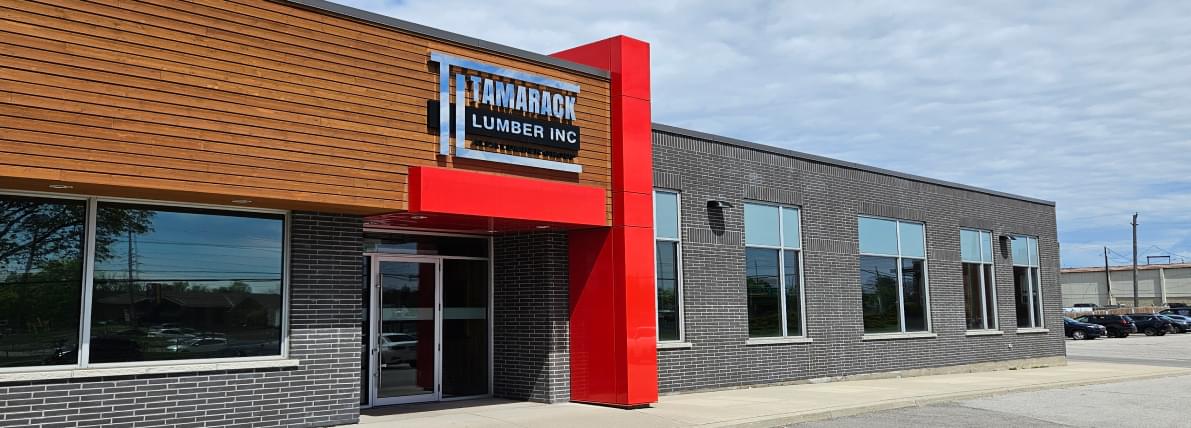
Difference Between Roof Trusses And Rafters
Building a roof is a hectic task that demands meticulous planning and flawless execution. Contractors and engineers tend to give special emphasis to roof construction as the strength of the roof can directly affect the health of the building's construction.
Roofs can be of different types, built using different materials, depending on the nature and size of the construction project. Rafters and trusses are two such components mainly used for the construction of roofs for houses and commercial buildings. Although roof trusses have been more popular in recent decades, both have their own set of pros and cons.
In this blog, we discuss the key differences between rafters and trusses.
Roof rafters are mainly used as structural components of a roof. Made of timber, metal, or structural steel, rafters are often joined at the top or bottom in such a way that it forms right angles.
Rafters can be concealed with the roof structure or kept exposed for aesthetic purposes. The roof structure is supported by two main outer beams in rafters. At the same time, the roof structure is supported by multiple beams in trusses.
Roof trusses are manufactured in a controlled environment and are pre-assembled, helping contractors save time. Roof rafters are assembled at the construction site, leading to more labour costs. Rafters are also generally considered ideal only for compact or smaller construction projects.
The unique shape and structure of trusses facilitate even load distribution and offer a higher weight-to-strength ratio. Trusses are flexible in the sense that they are perfect for construction projects of diverse nature, irrespective of the size or nature.
Engineers and contractors prefer timber roof trusses as they are more cost-effective as compared to structural steel trusses. Tamarack Lumber Inc is a leading supplier of trusses and mouldings in Toronto. Get in touch with us today to learn about everything we can do for you.

